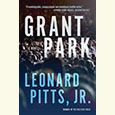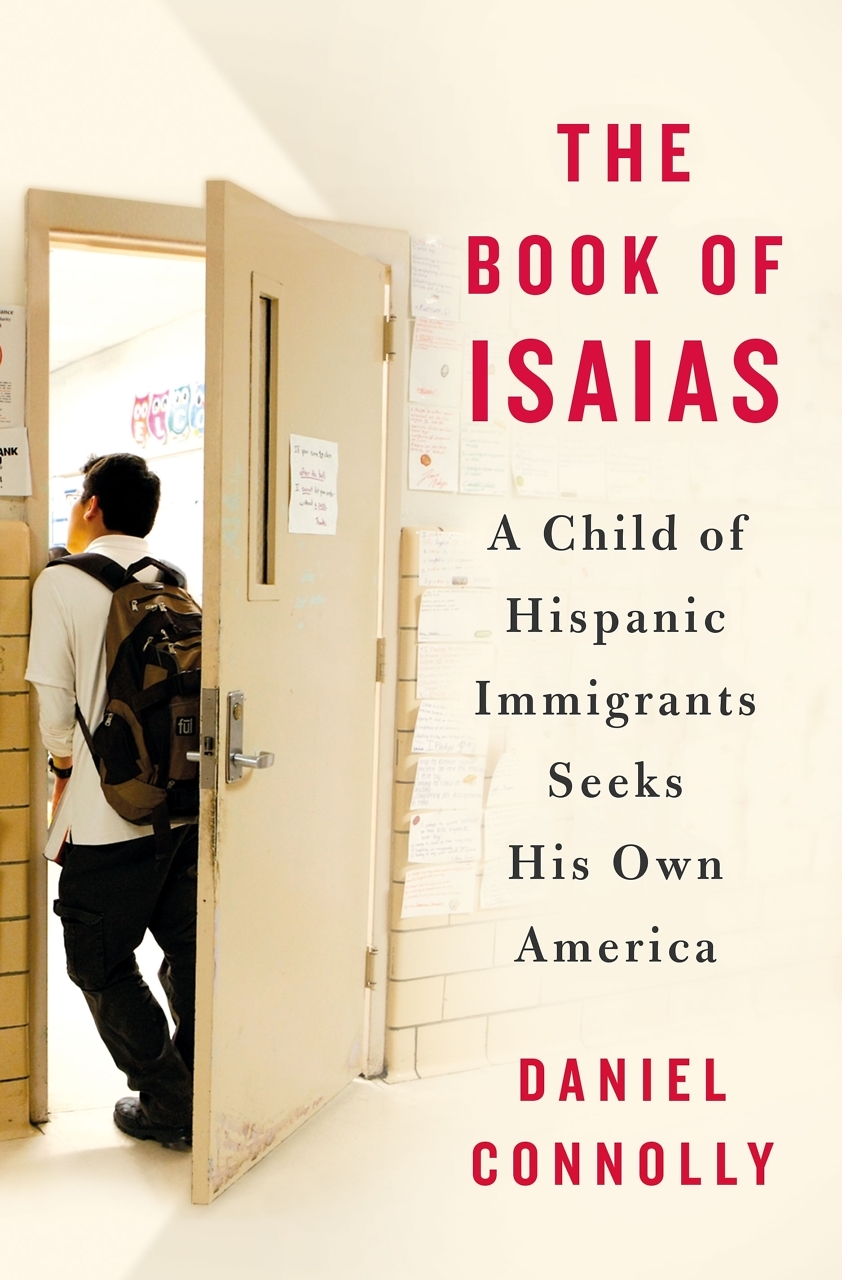Traumas of the Spirit
Beverly Tsacoyianis investigates psychological trauma in Middle Eastern history
Over the past 120 years, the lands of modern-day Syria and Lebanon have survived upheaval and strife, including the struggles of World War I, French colonial occupation, political coups, and more recent civil wars. In Disturbing Spirits, historian Beverly Tsacoyianis not only explores the politics of mental health in this region of the Middle East, but also considers the psychological traumas inflicted upon its people.
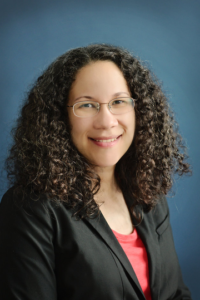 Tsacoyianis is an assistant professor of history at the University of Memphis, where she teaches courses on the modern Middle East and global history. She earned her Ph.D. in history from Washington University in St. Louis. She answered questions via email from Chapter 16:
Tsacoyianis is an assistant professor of history at the University of Memphis, where she teaches courses on the modern Middle East and global history. She earned her Ph.D. in history from Washington University in St. Louis. She answered questions via email from Chapter 16:
Chapter 16: The word “spirits” in your title has more than one meaning. What are those meanings, and what do they indicate for understanding the history of mental health in Syria and Lebanon?
Beverly Tsacoyianis: There are two meanings here. The first is religious: Spirits (jinn and others) can cause disturbances or illnesses in people and other animals. This idea is rooted in beliefs that the supernatural and natural worlds can influence each other. A person might conjure or exorcise a spirit. A spirit might possess a person or animal. These ideas have been part of many faith traditions, including all three Abrahamic communities, for centuries.
The second meaning of Disturbing Spirits relates to trauma theory. The dramatic political, economic, and social transformations of 20th-century Lebanon and Syria disturbed the psyche and emotional well-being of ordinary people, whether any individual among them had a preexisting condition or not. We cannot understand medical history in Syria or Lebanon without holding both ideas of “disturbing spirits” in our minds at once: Jinn belief shaped health treatments, and political conflict shattered communities.
Another aspect of history connects to medical and social models of disability: Doctors treated certain people in destructive ways. Understanding how people fit in (or didn’t) requires us to look to a variety of primary sources, including religious and cultural artifacts used by the people who lived or died in these spaces, not just the records left behind by doctors working at the hospitals.
Chapter 16: What is the relationship between political turmoil and psychological turmoil? How has this process shaped the people of the region?
Tsacoyianis: Bombs can destroy buildings, but the sound, smell, and sight of [war], the taste in your mouth as you dig through rubble searching for your neighbors, children, parents, the feeling on your skin of it all — that can destroy you. The Syrian-American novelist Alia Malek wrote in The Home That Was Our Country that the civil war has reached a level of “violence that would consume it whole and eventually damage the collective mental health of its people.”
Currently, the dictator whose family has controlled Syria for five decades and killed many tens of thousands of people, most infamously in Hama in 1982, has declared himself victor with over 95% of the vote. Entire neighborhoods have been decimated. The world seemed to sit by as the government turned on its own citizens and as foreigners streamed in, bringing nihilistic levels of violence.
Bashar al-Assad’s stranglehold on Syria feels to me like a spreading disease, an outgrowth of traumas heaped onto Lebanon and Syria, from the famine of World War I and the murderous betrayal of the Ottoman Empire’s Committee of Union and Progress, to the indignities of the interwar French Mandate, to postcolonial crises including the Lebanese Civil War of 1975-1990 and the current Syrian civil war.
Health is embedded in specific cultural moments. Political agendas can weaponize medical practices, as we have seen only too well amid the current pandemic.
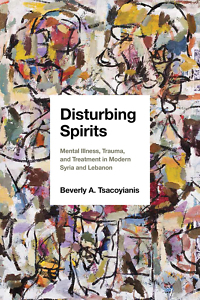 Chapter 16: What are the challenges in writing about this topic? What are the sources? Are there emotional costs for the historian?
Chapter 16: What are the challenges in writing about this topic? What are the sources? Are there emotional costs for the historian?
Tsacoyianis: The biggest challenge I faced was vicarious trauma or secondary traumatic stress. It can happen to lots of people — journalists, health care workers, anyone working around issues of war, ethnic cleansing, human rights, or hate speech. We risk carrying that pain with us. Interacting with survivors, analyzing photographs or documentaries, seeing parents in shock as they carry their dead children — it affected me as a parent and as a human being.
One doctor I interviewed, a U.S.-based Syrian nephrologist, received real-time messages from contacts as the civil war unfolded. He told me he suffered from vicarious trauma when he wrote his book A Melody of Tears. His fictionalized account included detailed medical descriptions of what was happening to the bodies of toddlers as they stopped breathing. It haunted me for weeks.
It took a lot of learning about my own limits before I was able to cope with this material well. But I have also seen my deep sense of connection help people. It can be uncomfortable, but it can get us from apathy to empathy. That push can be just enough to open people up to listening to each other and participating actively in learning about the past, about present conflicts, and about conflict resolution.
Chapter 16: Unlike many historians, you employ fiction as a central source. Why? How do works of fiction illuminate our understanding of your subject?
Tsacoyianis: There are a few reasons I complement more traditional sources such as newspaper and hospital records with literary and creative sources. In disability studies and trauma studies, historical fiction can reveal how a specific writer is processing traumatic events, including the experience of being sent to a psychiatric hospital and undergoing treatment like electroshock therapy in the middle of the Lebanese Civil War, as in Hanan al-Shaykh’s The Story of Zahra. In Middle Eastern studies, novelists and short story writers can put in fiction what their governments refuse to see published in nonfiction, so in some ways the sources are more accurate than one might think.
Chapter 16: Syria remains in the midst of a devastating civil war that has caused a refugee crisis. How would you hope that Disturbing Spirits could shape U.S. foreign policy for Syria?
Tsacoyianis: My biggest hope is that Senate Foreign Relations Committee members will read my book and see it, along with other studies about conflicts elsewhere, as a clarion call to ethical leadership. The U.S. has a permanent position on the U.N. Security Council and a military and economy that could influence just about anywhere.
But it’s not just a foreign policy issue to me — it’s about welcoming the stranger in our own midst, because this stranger has survived the unimaginable. We have an opportunity here to build resilience. Migrants and refugees have untapped potential worldwide. There are lots of places in Latin America, Asia, and Africa struggling with similar legacies of imperialism, colonialism, ethnic cleansing, and other forms of injustice. I hope our government will agree on a path to become the beacon of freedom that our leaders sometimes claim it to be. Let’s sustainably support people who, for decades, have been pushing for their own freedom.
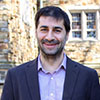
Aram Goudsouzian is the Bizot Family Professor of History at the University of Memphis. His most recent book is The Men and the Moment: The Election of 1968 and the Rise of Partisan Politics in America.



